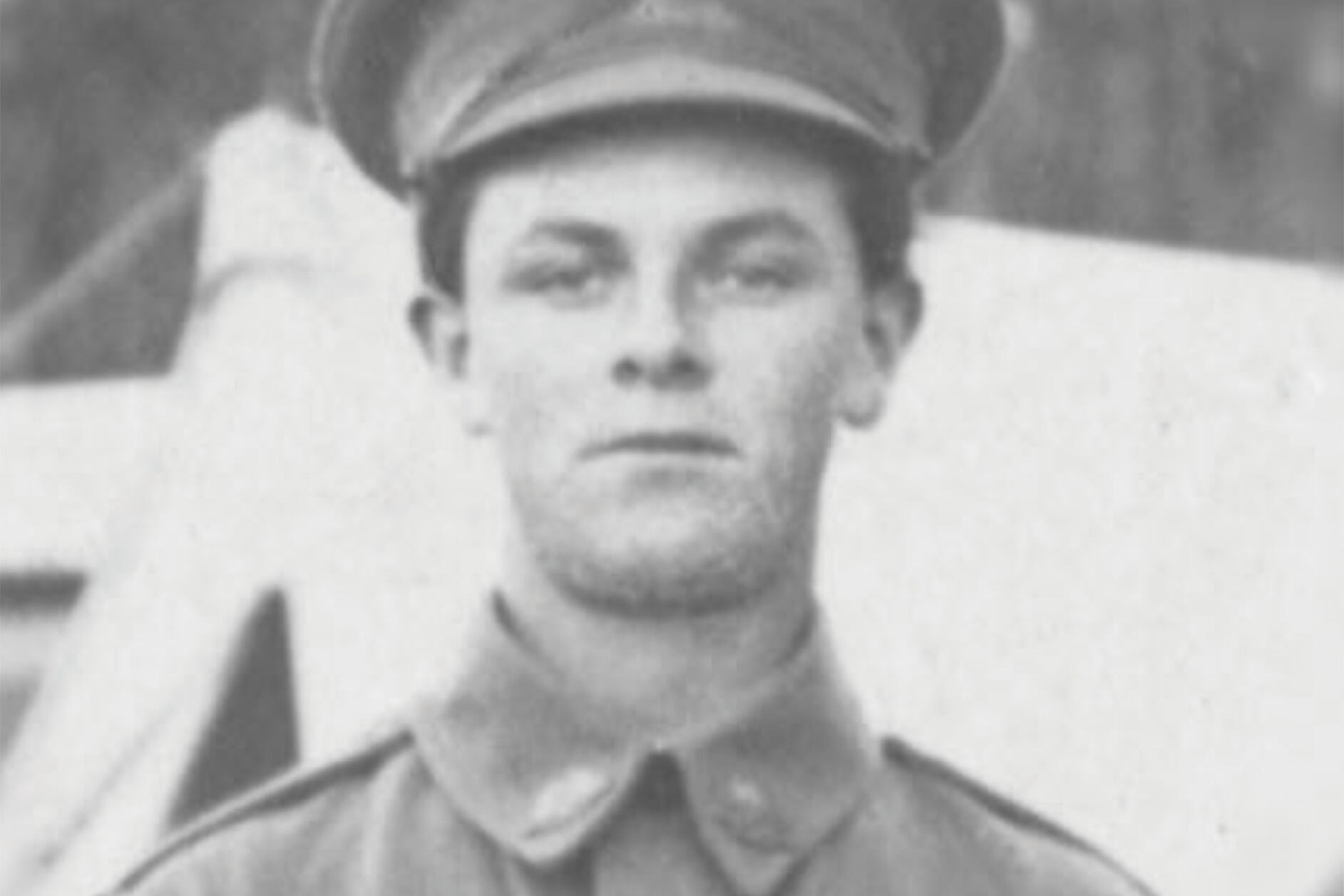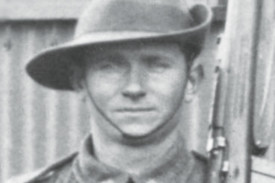General News
24 April, 2023
Faces of service
BOB Clark was a born and bred son of Tarnagulla and a farmer in the district until he died in 1967. But 50 years earlier the one-time Tarnagulla State School high achiever had just finished his first year as a member of Bendigo’s own 38th...

BOB Clark was a born and bred son of Tarnagulla and a farmer in the district until he died in 1967.
But 50 years earlier the one-time Tarnagulla State School high achiever had just finished his first year as a member of Bendigo’s own 38th Battalion fighting on the Western Front.
He is one of 20 soldiers featured in a new temporary exhibition of district servicemen who enlisted in World War One.
Bob was descended from Robert and Prudence Hooks who had arrived in the district when gold was discovered in the 1850s.
He swapped life as a labourer when the call went out for more enlistments in early 1916 after the evacuation at Gallipoli.
Bob followed the path to an enlistment station that had been travelled the previous year by the Whimpey brothers - Arthur, Claude and Bert.
Their family operated the Criterion Store, a general store and all three worked in the business.
The Whimpey family had lived in Tarnagulla and Newbridge since the early gold rush days, and later became shire cartage and passenger bus contractors as well as miners.
All three boys were good local sportsmen. Arthur and Bert enlisted within five days of each other in January 1915. Claude would join up in the July - unlike his brothers, never to return to Australia, killed in France less than two years later during the disastrous Second Battle of Bullecourt.
Records show that Claude’s loss devastated his family and the Tarnagulla community where Claude was a popular young fellow and a member of the urban fire brigade.
“The banners were created as a way to commemorate the military service of those who lived in this district - Tarnagulla, Llanelly, Waanyarra and Murphy’s Creek,” said hall committee president and former long-time fire brigade captain Barry Condick.
“All 20 banners - we hope to have more in future - will be exhibited in Tarnagulla on ANZAC Day and commemorative periods to bring to life some of the district’s heroes.”
Mr Condick said the banners had an inspired by the Homecoming project, an annual exhibition in Maryborough and Dunolly, was created in 2016 by Michael Grant, now curator at the Australian War Memorial.
A Federal Government Saluting Their Service grant has made the Tarnagulla project a reality.
“The Tarnagulla Public Hall Committee established the Tarnagulla History Archive in 2018 to preserve the history material of the district which might otherwise be at risk of being lost,” Mr Condick said.
“The Archive now has thousands of artefacts, photos, maps and research files including some materials on people from the district who served in military conflicts. Amongst these are some great photos and stories but they were not really in the right formats to display. We thought it would be good to transform them into an exhibition format to be able to present on ANZAC Day each year.
“One of our volunteers, David Gordon, has very good local history knowledge and he outlined the personal stories of these men and who they were before they served, and after the war for those who made it home.”
David helped unearth the story of George Graham who enlisted late in 1916, aged 32, and joined reinforcements in France where he fought until gassed just over two months before the Armistice in November 1918.
“George’s father was the first non-indigenous child born in Tarnagulla in 1854, where the family actively engaged in gold mining until taking up farming at Murphy’s Creek in the 1870s,” David discovered in his research.
David said after discharge and returning to the district, George worked as a gold miner and forestry and railway employee until his death in 1957.
Mr Condick said the 20 banners to be unfurled on ANZAC Day would put faces to the names on town honour boards and the war memorial.
“There are people from the local area who served in other conflicts and we are aware of at least two women who served as nurses in World War One but unfortunately we did not have photos of these people,” he said. Those nurses were May Langan and May Duggan.
“The choice of those represented on the banners was based on the images available with information on the banners compiled by Archive volunteers from service records in the National Archives and unit diaries at the Australian War Memorial ... the 20 represent many,” Mr Condick said.
Tuesday’s commemorative Dawn Service in Tarnagulla is being organised by the hall committee and members of the fire brigade.
